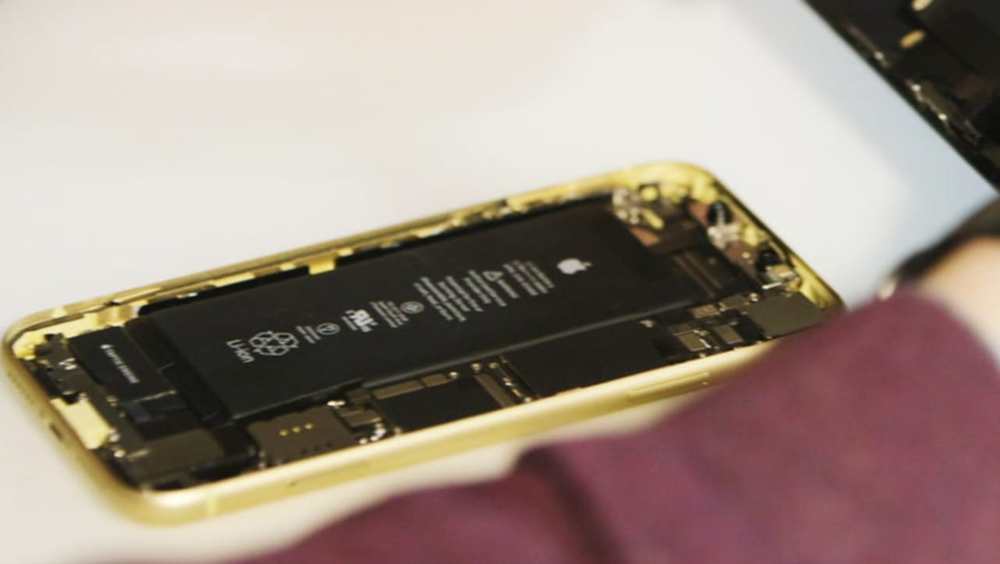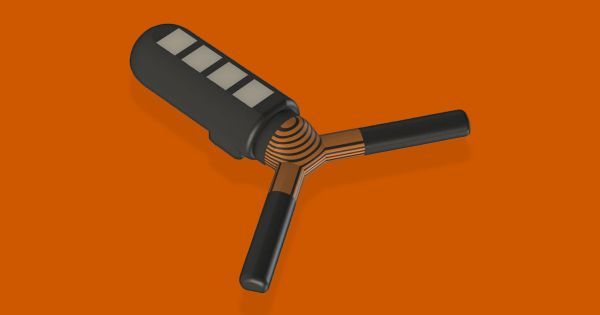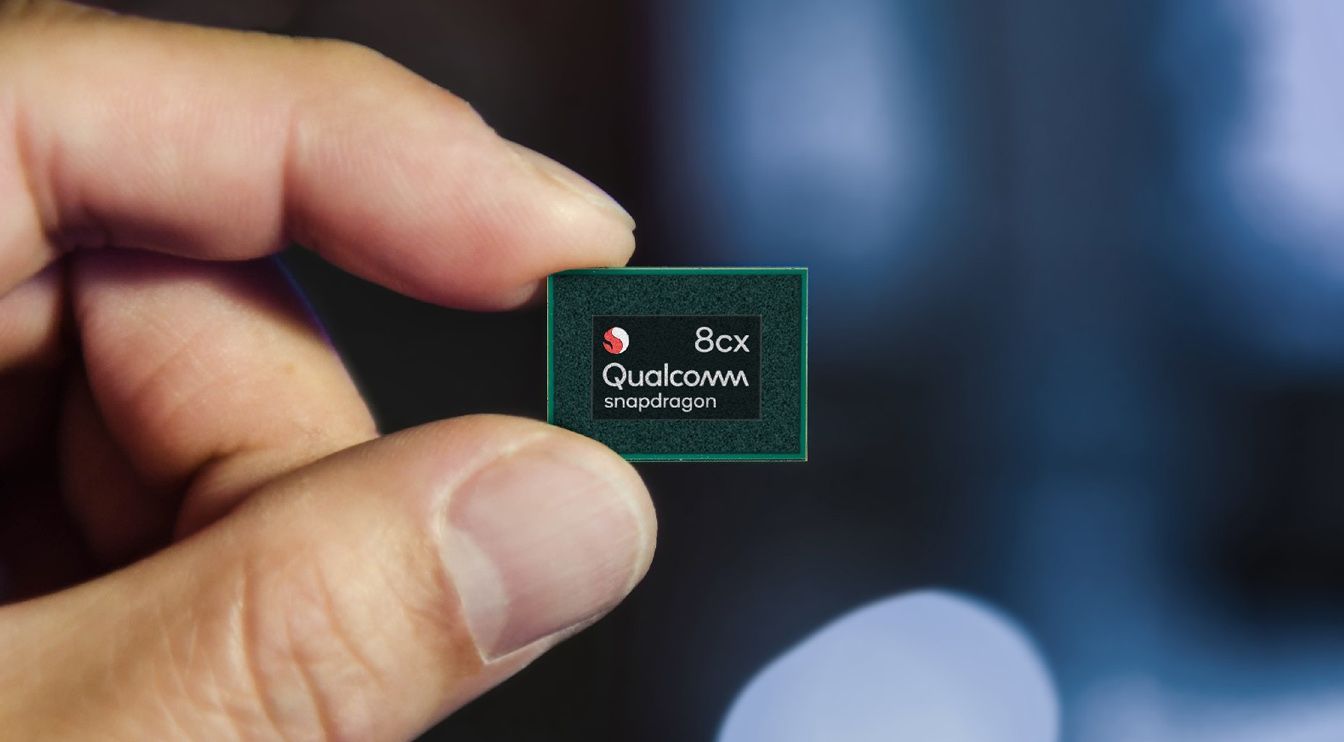Dec 31, 2018
2019 China tech look ahead: trade war likely to cast a shadow as AI, e-commerce, smartphone progress continues
Posted by Derick Lee in categories: economics, mobile phones, robotics/AI
While a 90-day ceasefire period is in place for negotiators to end the war, major Chinese technology companies and national initiatives are expected to continue to face challenges in 2019 as the world’s two largest economies remain at loggerheads over global leadership in hi-tech innovation.
Here we take a look at the views of analysts, executives, and experts to see which sectors and companies will likely be in the spotlight in 2019 and what the big issues are expected to be.
















